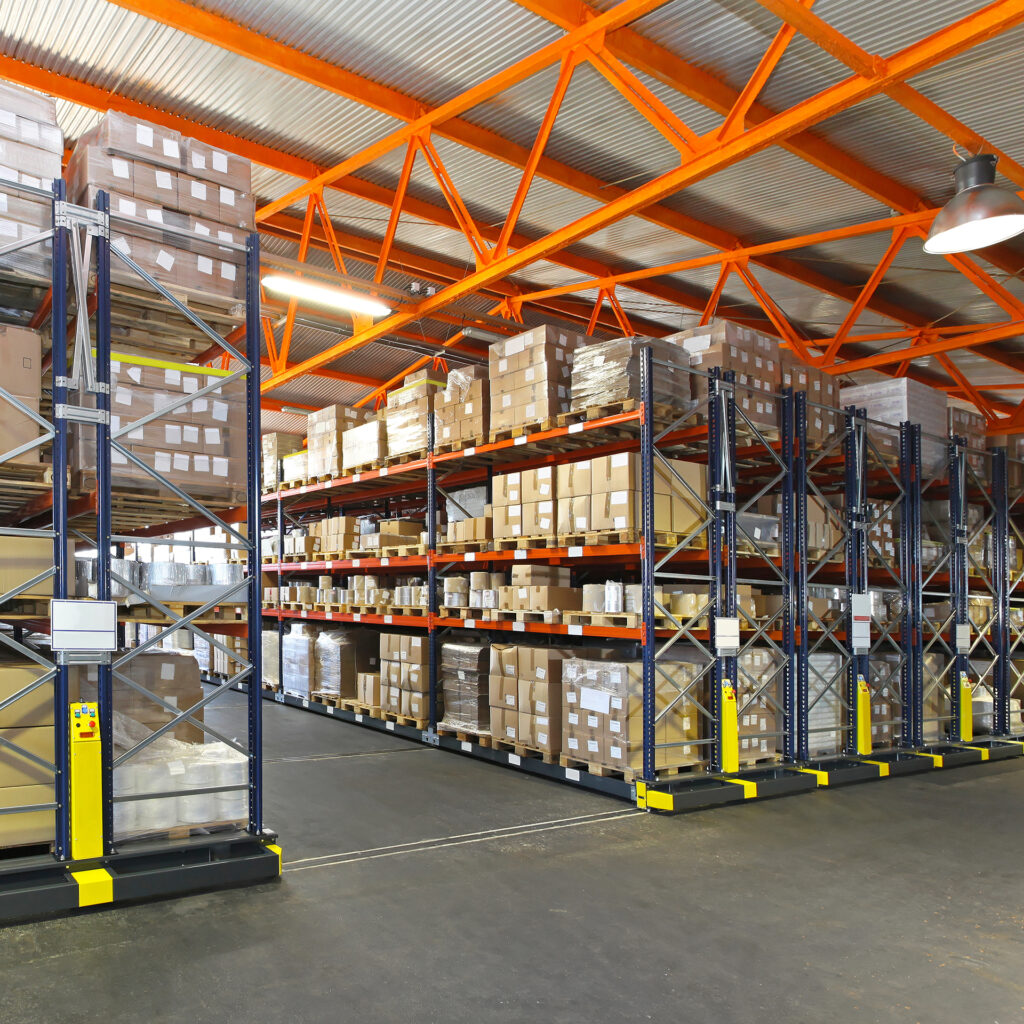How do you plan your warehouse space and make the best use of time to manage the process efficiently? Here are some tips for you. You can implement this yourself or ask us for help.
Create an effective and organized warehouse
Sure, you’ve seen different articles that contain various metrics and KPI’s warehouse solutions. Among them are inventory accuracy and turnover, accuracy rate and put-away cycle time, picking accuracy, on-time shipping rate, cost per order, dead stock, of course, customer satisfaction, etc. What metrics are vital for your business? Basically, each stage of your development requires refreshing the metrics. However, you need to know the following information to create an efficient and organized warehouse.
Any warehouse is usually divided into some areas or zones: docks, storage, dispatch and outflow control, order preparation and picking, etc. The bigger the storage area, the more products you can store. To enhance the storage area, you should install racks that are denser or use one of the narrow racking systems. But with a narrow racking system, you have to use special forklifts that can work in narrow aisles. If you want to be able to use traditional loading equipment, you can install selective racks that will give you easy access to each pallet. What types of pallet racking systems there are, you can read in our special article. Here we touch on the topic of efficient warehouse organization.
What is a warehouse organization?
Warehouse organization means approaches to effective organization of operational processes to achieve maximum productivity and inventory control. You can reach it in some ways. The first is a correct layout. For example, organize selecting and picking areas from pallets on the lower tier of racking. This will free up space in your warehouse and allow you to use them to install other racking systems, mezzanines or combine them with conveyors, etc.
The next step is using the ABC-inventory method. Place frequently selected items closer to shipping areas and less regularly selected items farther away or in higher tiers. This way, you minimize the time your workers spend selecting and loading the items they need.
Another step is the proper organization of work processes. Your employees should have a clear and understandable schedule, clothing with light elements, and other equipment for warehouse workers.
How to organize warehouse processes?
The main warehouse process is storing. But you cannot organize it without settling with the other processes. If your business has seasonal activities, this also affects your warehouse processes. While you have a high season, you should utilize all the space, however, when you have a low season, you should move shelving and make room for other operations. Yes, you can do it, and we can suggest the right racks for this. Also, if your warehouse is small and doesn’t have enough docks, you can split the times when you receive products and issue them. For example, your warehouse schedule could run from 7 to 13 for loading then you can have a technical sanitary break, and then run from 14 to 20 again, or set your own schedule.

Catch the main warehouse organization tips
- Right Layout. Design the warehouse layout to optimize the flow of products through the correct areas. Your areas should work harmoniously to minimize load time and maximize storage efficiency.
- Vertical Space. Use tall and narrow racking systems to make the most of vertical space. This increases storage capacity. Indeed, you will get more pallet places without expanding the warehouse footprint.
- Use a suitable inventory management approach. Note that you can utilize both options: invest in inventory management software to track stock levels, locations, and movements, or start with proper and correct placement of your product and clearly label racks, pallets, etc. This helps reduce errors, optimize inventory levels, and improve order accuracy thanks to readable labels that include information about item numbers, and locations. This also reduces search time and improves picking efficiency.
- Implement leading-edge technology like barcodes, RFID systems, and so on. This helps you track inventory, speeds up the process of checking items in and out, reduces manual errors, and improves overall accuracy.
- Regularly conduct audits and maintenance. You can perform regular audits of inventory and warehouse organization yourself, or ask a warehouse solution company like we do. We help you identify and address issues. One common problem is the condition of the racks. Check to see if your racks or beams are damaged.
- Care about your workers. Keep the warehouse clean and well-maintained to prevent accidents and ensure smooth operations.
- Implementing these tips can help streamline your warehouse operations, improve efficiency, and reduce errors.
